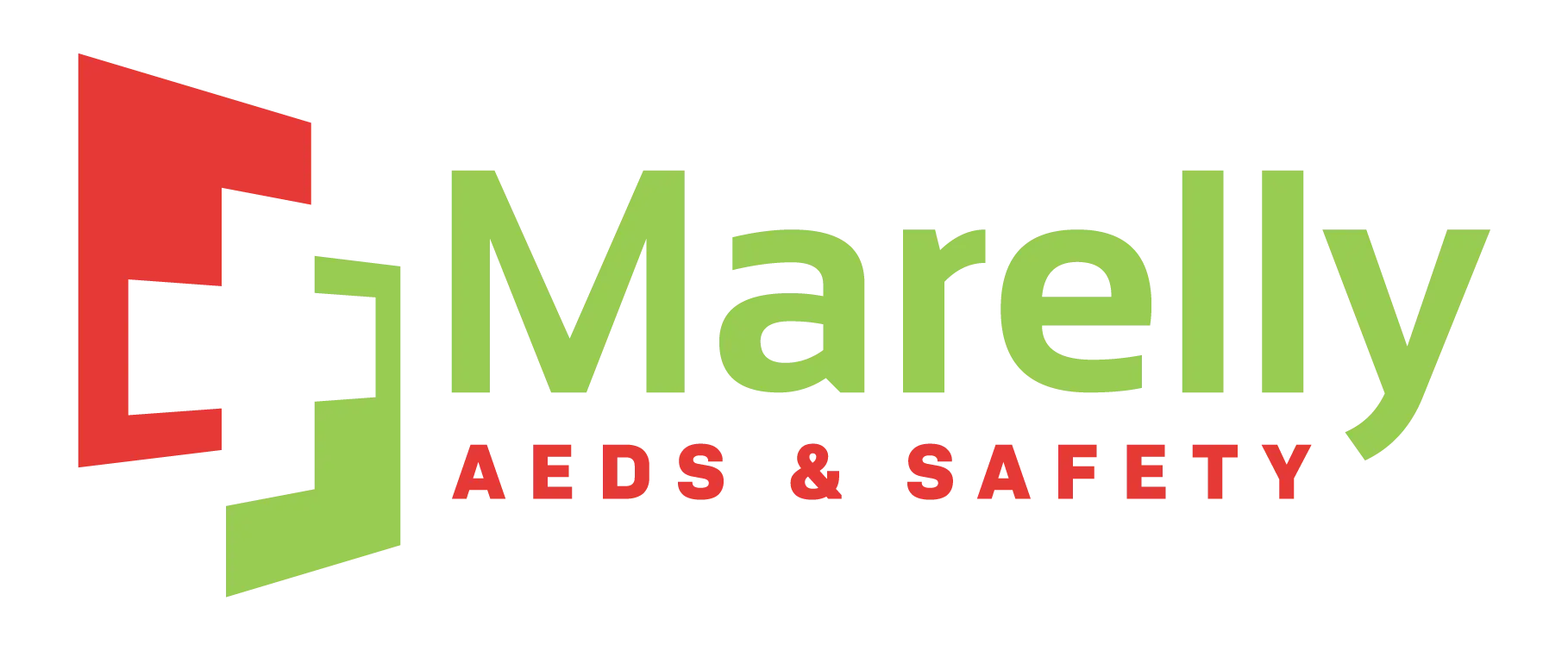Think all AEDs are the same? Think again.
AED similarities stop at the acronym that is used to describe them. When shopping for an AED, it is important to understand the differences and how they relate to your needs. The following are questions and factors you should consider when purchasing your AED.
- What is the initial cost of the AED?
The price of the AED is only one cost factor you will need to consider, but it is the most significant initial investment you will make. Starting at a good price point will set you up to stay on-budget. - What is included in the initial AED price?
Does it come with a soft carrying case, pads, batteries, or a rescue accessories kit? Or other items such as scissors, razors, barrier masks, gloves, or washcloths? Not all offers are equal, so be sure to see what comes bundled with your AED purchase. - What is the total cost-of-ownership of the AED?
This aspect is often overlooked. At Marelly we always stress this to our customers when meeting with them. How often do the pads and batteries have to be replaced? How much do they cost? A cheaper AED might cost less in the beginning, but usually ends up costing much more in the long term than other AEDs that cost only a little more up front. (Words of wisdom: The cheapest is never the best.) - What is the cost to upgrade the device when new CPR/AED guidelines are released?
Every four to six years, the American Heart Association updates the guidelines for CPR/AED administration. Therefore, AEDs have to be upgraded with new software. Find out if the upgrade can be performed onsite at your location or if the device has to be sent in.
Shop for AEDs & AED Accessories in Marelly’s Online Store - What type of pads come with the AED?
Does the AED you’re considering use the traditional two-piece pads, or a one-piece pad? Some people find that AEDs with one-piece pads like the Zoll AED Plus can be easier to use than 2-pad AEDs. They are also easier to replace and can last for up to 5 years. - How durable is the AED?
All AEDs have what is called an IP (Ingress Protection) Rating. Usually labeled somewhere on the back of the AED, this rating tells you the AED’s resistance to natural elements like water and dirt or dust. The higher the rating the better. For more info about AED IP Ratings, simply contact Marelly and we will send you information. - Does the AED provide audio, or audio AND visual prompts for the responder(s)?
A sudden cardiac arrest is not exactly a nice, calm, quiet event. Hearing an AED can be tough based upon the environment it is used in. The more audio AND visual prompts the better, which also helps the responder not have to rely only on memory. - What type of additional support will the AED provide if no shock is needed?
FACT: 50% of the time an AED is used, the person does not initially have a shockable rhythm. However, 100% of SCA victims will need high quality CPR in order to survive. - What type of CPR support does the AED Provide? No support? Minimal? CPR “Prompting”?, or real-time CPR Coaching/Feedback?
The more support the better. The chance of a lay responder providing high quality CPR to a victim is very low, simply because that person has probably never performed CPR on a victim before. Don’t just settle on any two-button “shock box.” Again, AED similarities stop at the acronym that is used to describe them. Make sure your AED provides as much support as possible, including CPR support. This will increase the chances of a successful rescue, cut down on confusion, and provide the closure that a good Samaritan needs after an SCA event.
Get Great Deals on Quality AEDs, Replacement Pads, Batteries & More from Marelly!
Tagged compliancefirst aid
